Solar Foods is a startup making food out of thin air.
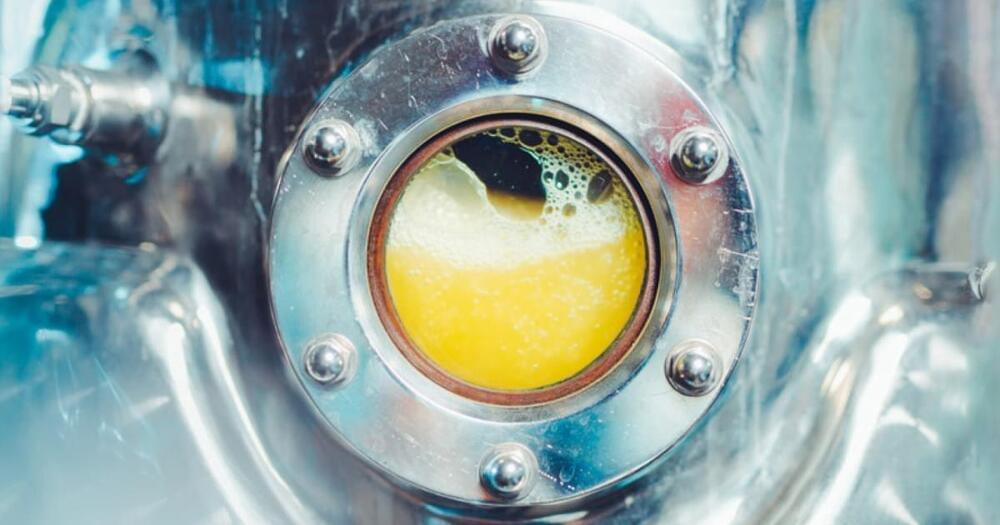

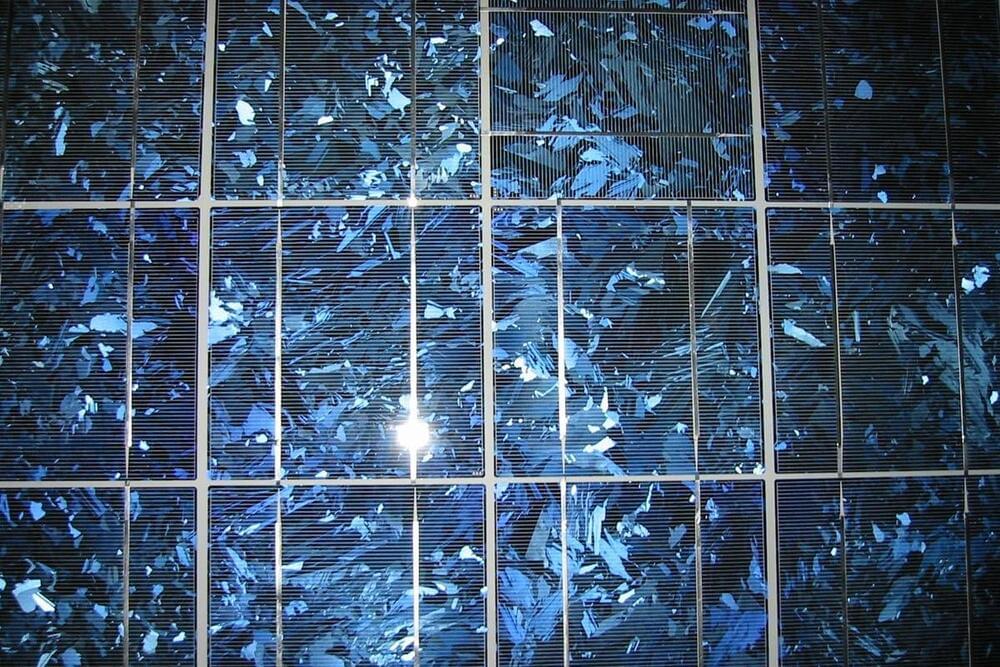
Another good use for AI. Fighting disinformation.
About 60% of adults in the US who get their news through social media have, largely unknowingly, shared false information, according to a poll by the Pew Research Center. The ease at which disinformation is spread and the severity of consequences it brings — from election hacking to character assassination — make it an issue of grave concern for us all.
One of the best ways to combat the spread of fake news on the internet is to understand where the false information was started and how it was disseminated. And that’s exactly what Camille Francois, the chief innovation officer at Graphika, is doing. She’s dedicated to bringing to light disinformation campaigns before they take hold.
Francois and her team are employing machine learning to map out online communities and better understand how information flows through networks. It’s a bold and necessary crusade as troll farms, deep fakes, and false information bombard the typical internet user every single day.
Francois says, this work is two parts technology, one part sociology. The techniques are always evolving, and we have to stay one step ahead.” We sit down with Francois for an in-depth discussion on how the tech works and what it means for the dissemination of information across the internet.
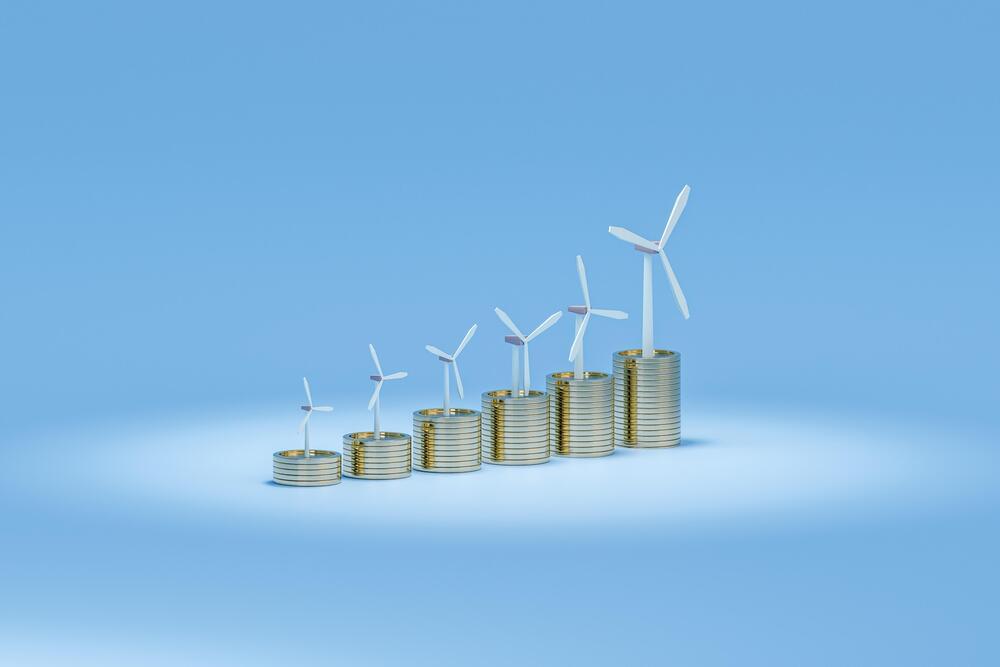
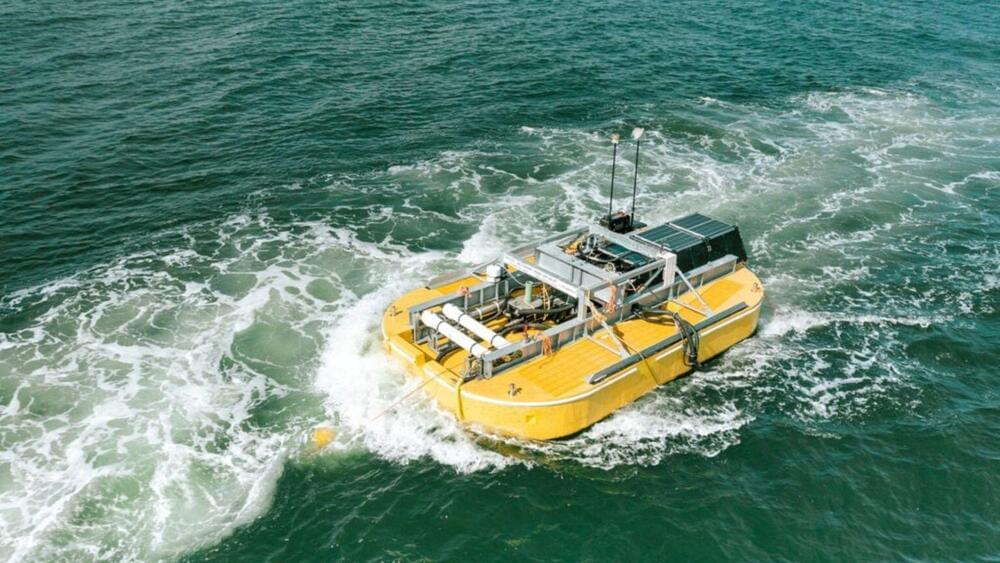
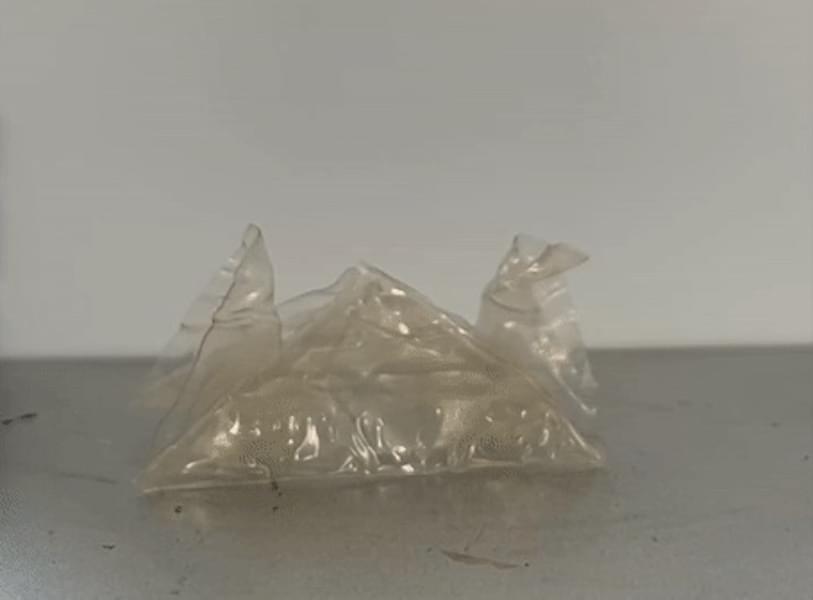
Japanese scientists have developed a new type of plastic that’s strong at room temperature, but can be easily broken down on demand into its base components. In seawater, it starts to break down into food for marine life, and just to top it off, it can self-heal and remember past shapes.
Plastic is everywhere in our modern world, for better or worse. Its toughness makes it an extremely useful material for everything from household items to vehicle parts, but that same toughness makes it hard to break down for recycling or disposal.
In the new study, scientists at the University of Tokyo developed a new plastic material that can be broken down more easily, either in recycling plants or in nature. It’s based on a class of plastic called an epoxy resin vitrimer, which are strong at room temperature but can be reshaped and molded with a bit of added heat. Normally, vitrimers are brittle, but the team improved the recipe by adding a molecule called polyrotaxane.
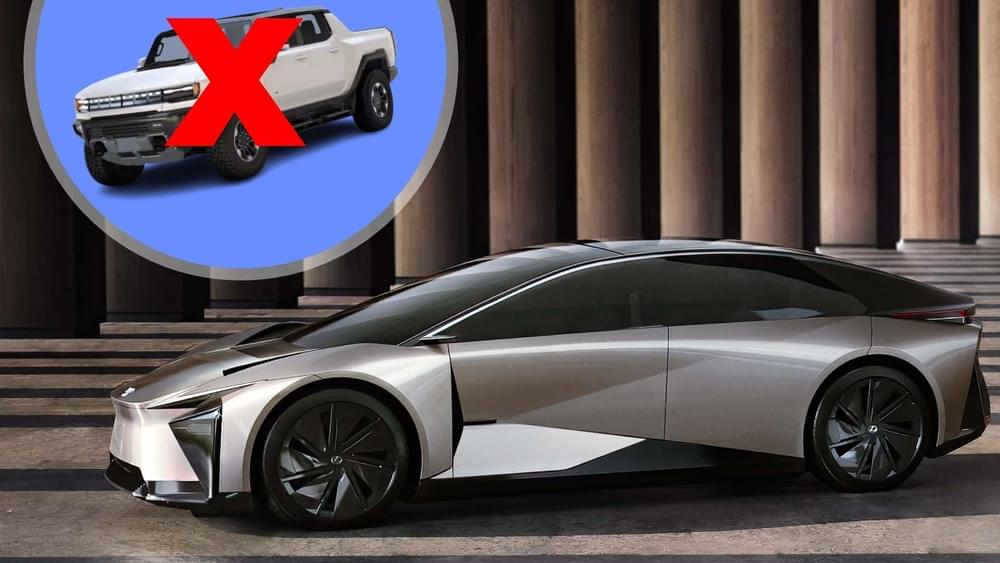
Awkward name aside, the Lexus LF-ZC Concept that debuted at the Japan Mobility Show last week is a very big deal. When it goes into production in 2026, it will be the first electric vehicle on an all-new, ground-up Toyota platform; will do some very next-level things with the company’s steer-by-wire technology; and an alleged 620 miles of electric range.
It is not, however, going to do that with some huge battery pack that weighs as much as an apartment building. Instead, it’s going to rely mostly on chemistry to deliver on those big range claims.
As part of the auto show festivities, Toyota invited several international media outlets, including InsideEVs, to Japan last week. There, the world’s largest automaker previewed a number of emerging technology concepts, including a simulated “manual transmission” for electric cars, an advanced in-car AI assistant and its EV battery plans for the next few years.
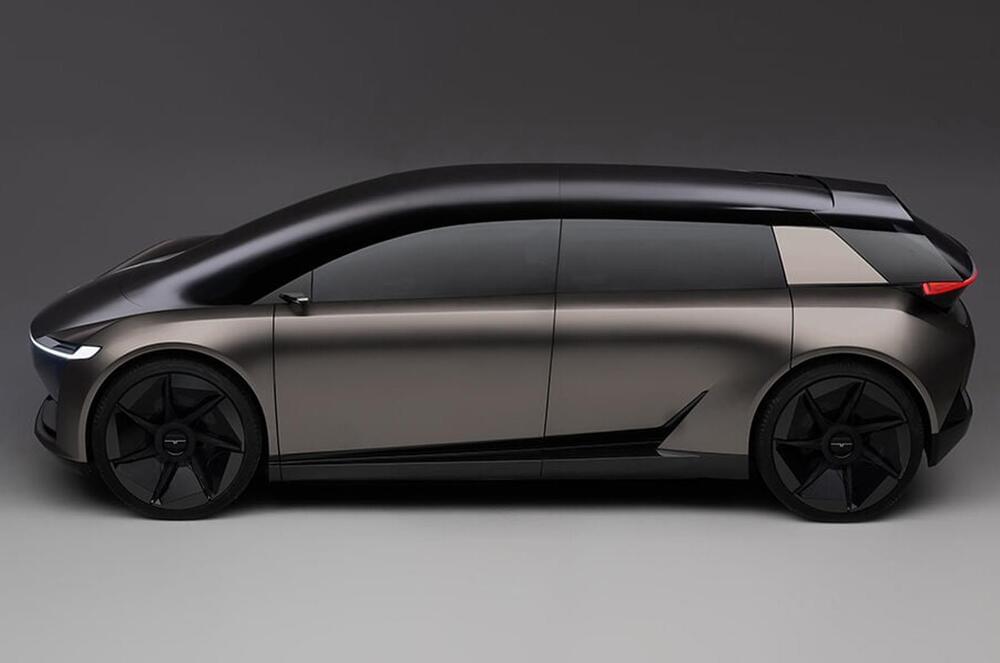
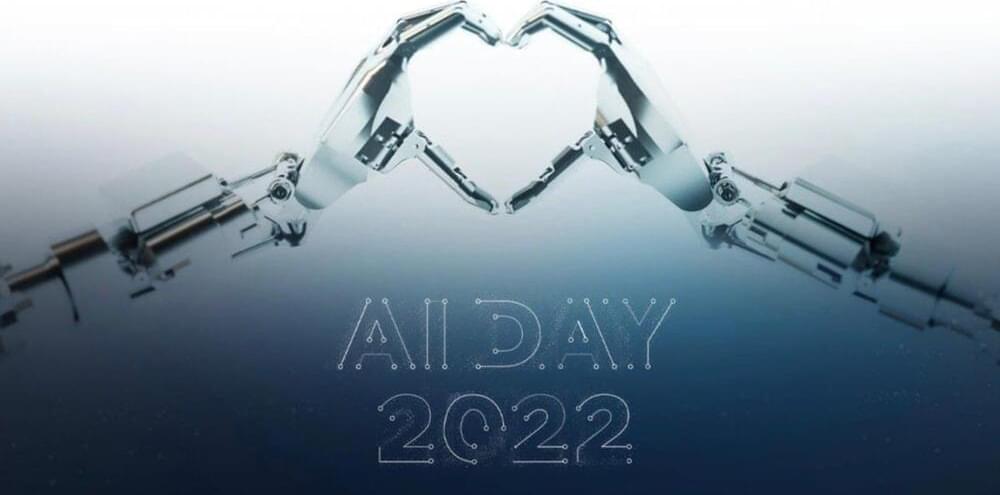
Tesla is going to integrate Elon Musk’s newly launched Grok AI assistant in its electric vehicles, according to the CEO.
Earlier this year, Musk launched a new AI startup, xAI, and said that it will work closely with Tesla.
The company’s mission is “to understand the true nature of the universe”, but in practice, its first project is to build a chatbot or AI assistant à la ChatGPT.

Things may not have ended well for dinosaurs on Earth, but Cornell University astronomers say the “light fingerprint” of the conditions that enabled them to emerge here provide a crucial missing piece in our search for signs of life on planets orbiting alien stars.
Their analysis of the most recent 540 million years of Earth’s evolution, known as the Phanerozoic Eon, finds that telescopes could better detect potential chemical signatures of life in the atmosphere of an Earth-like exoplanet.
An exoplanet (or extrasolar planet) is a planet that is located outside our Solar System, orbiting around a star other than the Sun. The first suspected scientific detection of an exoplanet occurred in 1988, with the first confirmation of detection coming in 1992.